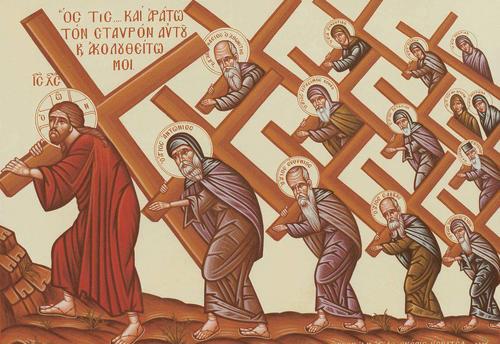 I am very encouraged by today’s announcement of an important new work, an Atlas of American Orthodox Christian Monasteries.
I am very encouraged by today’s announcement of an important new work, an Atlas of American Orthodox Christian Monasteries.
I see this new publication as a sign of growing interest in Orthodox monasticism in North America, as well as the sort of book which will itself help grow that interest, especially by providing a handy and practical resource for pilgrims and seekers.
This is just the sort of complementary title which helps support the North American Thebaid Photographic Pilgrimage Project, and I look forward to using this new Atlas as a resource in my upcoming travels. Continue reading “‘Atlas of American Orthodox Christian Monasteries’ Announced”



